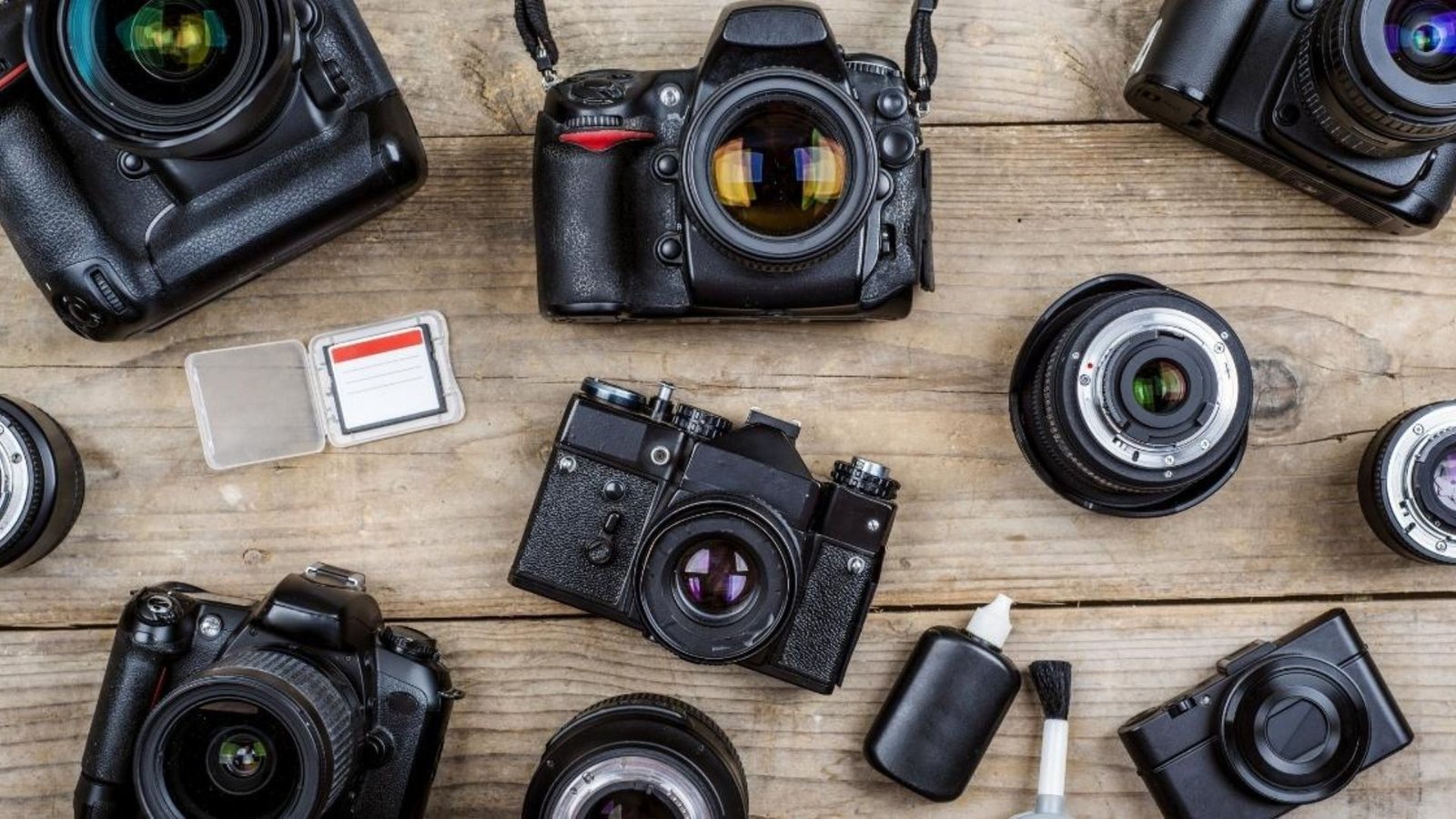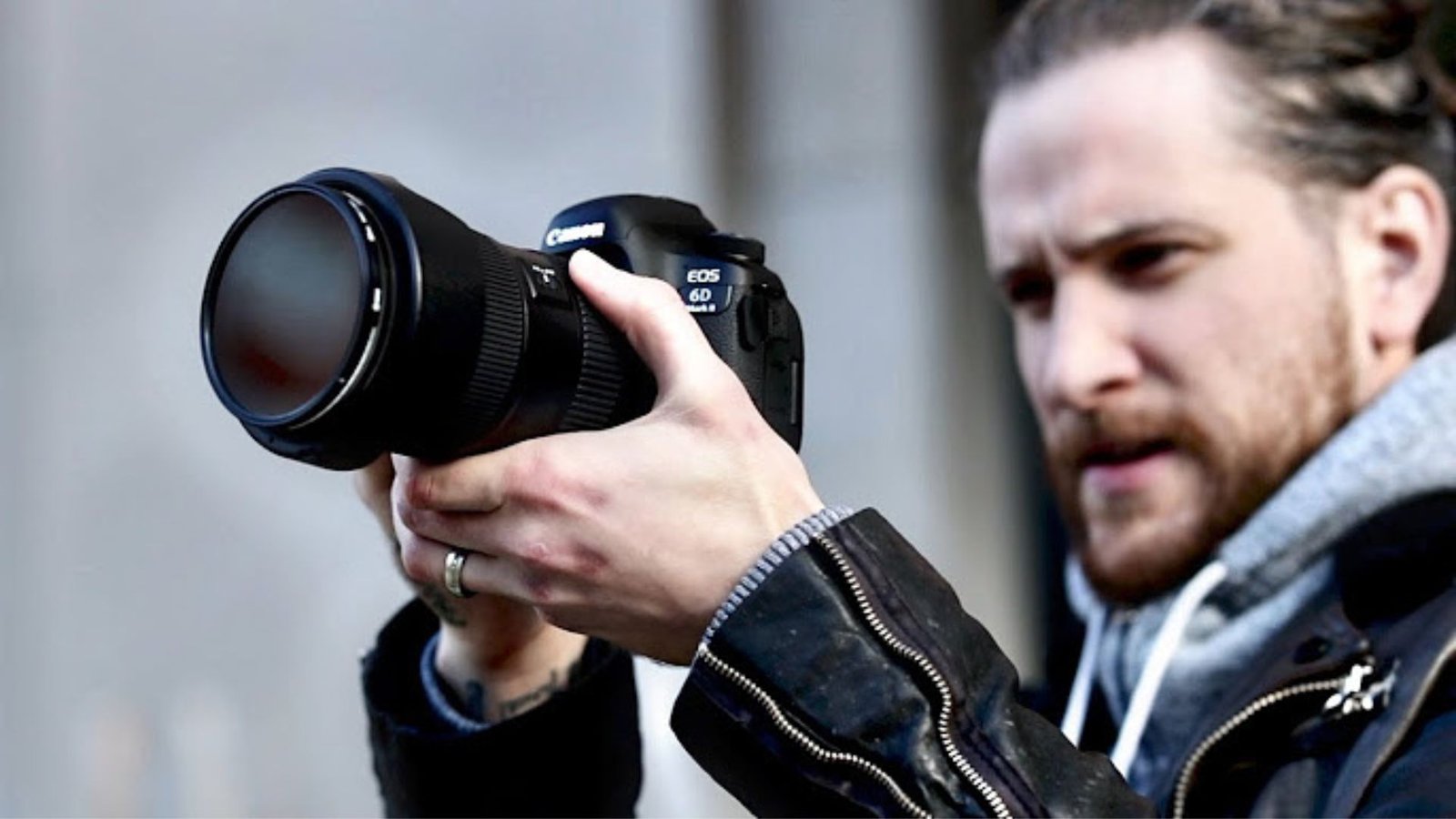When it comes to wildlife photography, capturing stunning images of animals in their natural habitats is an incredible achievement. However, with this privilege comes a significant responsibility. The ethics of wildlife photography involve respecting the creatures we photograph and ensuring our actions do not harm them or their environments. Let’s explore the key ethical considerations to keep in mind while engaging in wildlife photography.
Understanding the Ethics of Wildlife Photography
Wildlife photography offers a unique window into the lives of animals, but it’s crucial to approach it with a strong ethical mindset. The core principle is to minimize our impact on wildlife and their habitats while capturing their beauty. Here’s how you can ensure that your wildlife photography aligns with ethical standards.
Respect for Animal Welfare
The first and foremost consideration in wildlife photography is the welfare of the animals. Avoid causing stress or harm to the animals by maintaining a safe and respectful distance. It’s important to remember that these animals are not models; they are living beings with their own needs and behaviors.
Avoid Disrupting Natural Behavior
One major ethical issue is disrupting the natural behavior of wildlife. It’s essential to avoid actions that could interfere with their feeding, mating, or nesting activities. The goal of wildlife photography should be to document animals as they naturally behave, without altering their routines or causing them undue stress.
Choosing the Right Equipment
The equipment you use can also have ethical implications. High-powered lenses and drones can be beneficial for capturing detailed images but should be used responsibly. Long lenses allow you to photograph from a distance, which is less intrusive than getting too close. Drones should be used with caution to avoid disturbing animals, especially those that are easily frightened.
Using Telephoto Lenses
Telephoto lenses enable you to take clear, close-up photos from a distance. This is less likely to disturb the animals compared to using a camera with a standard lens. It’s also a good practice to use equipment that minimizes noise and movement to avoid startling the wildlife.
Drone Photography Considerations
Drones can offer unique perspectives and are increasingly popular in wildlife photography. However, their use requires careful consideration. Always check local regulations and ensure your drone does not disturb or endanger wildlife. Some species are particularly sensitive to noise and movement, and drones can be intrusive.
Respecting Habitats
Preserving the natural environment is another crucial aspect of ethical wildlife photography. Avoid trampling vegetation, leaving litter, or damaging habitats while trying to get the perfect shot. Your presence should have minimal impact on the ecosystem.
Staying on Designated Paths
When photographing wildlife, stick to established trails and paths. This helps prevent damage to sensitive habitats and minimizes your impact on the environment. Avoid creating new paths or disturbing areas where animals live.
Leaving No Trace
Always clean up after yourself and ensure that you leave no trace of your visit. This includes picking up any trash and avoiding leaving behind any equipment or other items that could harm the environment.
Following Local Guidelines and Laws
Adhering to local wildlife regulations and guidelines is essential for ethical wildlife photography. Different regions may have specific rules designed to protect wildlife and their habitats. Familiarize yourself with these rules and ensure that your photography practices comply with them.
Obtaining Permits
In some areas, you may need permits for wildlife photography, especially if you plan to use drones or other specialized equipment. Always check and obtain the necessary permits before heading out. This helps ensure that your activities are legal and ethical.
Respecting Protected Species
Be aware of and respect any restrictions related to photographing endangered or protected species. These animals often have additional legal protections to ensure their survival, and violating these protections can have serious consequences.
Educating and Advocating
Wildlife photographers have a unique platform to raise awareness about conservation and animal welfare. Use your photographs to educate the public about wildlife issues and advocate for the protection of natural habitats.
Sharing Conservation Messages
When sharing your photos, include information about the species and their conservation status. Highlighting the importance of protecting wildlife can help inspire others to support conservation efforts and make a positive impact.
Conclusion
Ethics of wildlife photography are about more than just capturing beautiful images; it’s about respecting the animals and their habitats. By following these guidelines—maintaining a safe distance, using the right equipment, respecting habitats, adhering to local regulations, and advocating for conservation—you can ensure that your photography practices are both responsible and rewarding.










